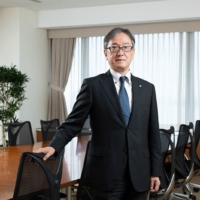
Jon Mitchell
Jon Mitchell writes about human rights issues on Okinawa. In 2015, he received the Foreign Correspondents' Club of Japan Freedom of the Press Award for Lifetime Achievement for his investigations into U.S. military contamination on Okinawa and other base-related problems.
Oct 18, 2011
Aug 14, 2011
Aug 2, 2011
Aug 2, 2011
Jul 2, 2011
May 22, 2011
May 8, 2011
Apr 12, 2011
Apr 5, 2011
Jan 8, 2011
Nov 28, 2010
Oct 17, 2010
Sep 28, 2010
Sep 4, 2010
Jul 6, 2010


































